If you ask someone to name a movie that came out recently, many people will probably mention a sequel or remake. However, these sequels have begun to get tiring and repetitive. In 2025 alone, 70% of the films released by the six major studios (Universal, Disney, Warner Bros, Paramount, Sony and Lionsgate) were sequels and remakes. The rise in these unoriginal movies started with the successful adaptation of the Harry Potter movies, along with the Twilight series. These movies were able to bring in a substantial amount of money compared to single films. For example, one of the most profitable stand-alone films of 2016, “La La Land,” made $475 million. However, the popular movie “Finding Nemo” made a sequel, “Finding Dory,” that brought in $1.02 billion. This is a recurring pattern that happens because the audience is motivated to come watch a similar film to the one that they previously enjoyed. This motivates the viewers to come back for more, capitalizing on fans of the original standalone.
It is also less costly to the production company, because the film can be made on a lower budget since fans are already hooked. Over time, the creation of sequels has proven to be less risky for the production companies, as there’s already an established fan base; it is easy to draw in those who prefer familiar stories and it overall brings in more money than single release movies. However, this tactic quickly became old. According to the website “Collider,” 70% of the younger generations (Millennials and Gen Z) have started preferring originals over remakes/sequels. Many people are tired of seeing the same movie get remade into various versions, with sequels having a variety of factors as to why people don’t watch.
One of the biggest problems with sequels is lack of artistic motivation. Most sequels are created because the first film did well, and the creator is motivated by the profit. This means that creators will often cut corners and try to make the film as cheap as possible. This might look like reusing an old plot or having less appealing graphics and animation. Disney is notorious for doing this, with cheaper budgeted sequels like “The Hunchback of Notre Dame II” and “Mulan II.” Many felt these films were low quality and the storyline was untrue to the original plot. Sequels also can feel underwhelming compared to the original film, due to most of the previous films already having a complete and satisfying ending. The sequel often cannot live up to the expectations of the original, making it feel more forced. Most stories do not actually need a sequel, and are instead added for the economic benefits.
Another growing problem in the film industry is the remaking of films, especially into live actions or a different version. The key problem with these remakes is the lack of originality, with viewers feeling tired of watching the same story be remade countless times. The Cinderella story has been retold thousands of times–not counting all the times the plotline has been reused–with Disney remaking it four times officially. Overall, the nostalgia does not feel the same for the people watching, since the plots are constantly recycled.
“I don’t like remakes, I think that they’re overdone. I don’t like watching the same movie over and over again. I want something new and creative,” said Lelia Warnick, a sophomore at MT.
As of now, a large majority of movies in theaters are sequels. Ones like “The Conjuring,” “Downtown Abbey,” “Hamilton,” “The Bad Guys 2,” “Nobody 2” and “Jurassic World Rebirth” are all currently out in theaters, taking up a large fraction of the new movies. With this in mind, we are tired of these overused and boring concepts. This rise in sequels and remakes is ruining the film industry, and directors should start to take more creative approaches.


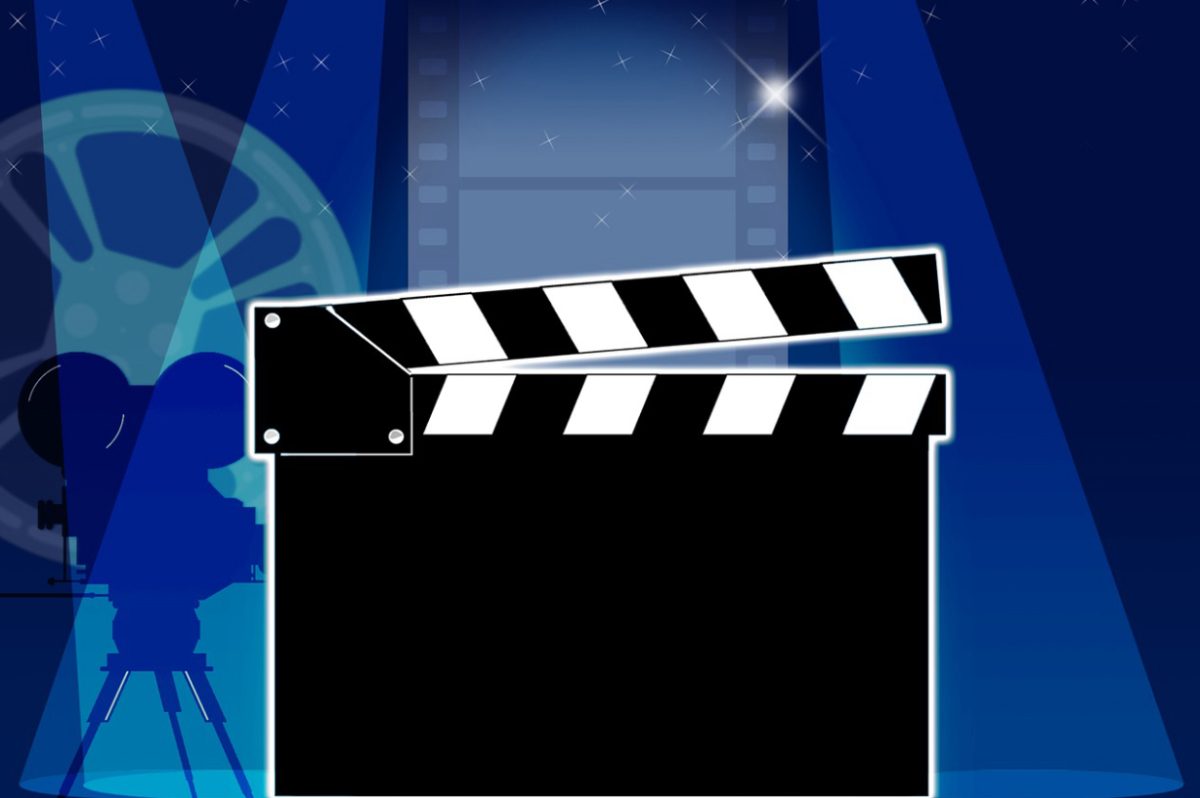

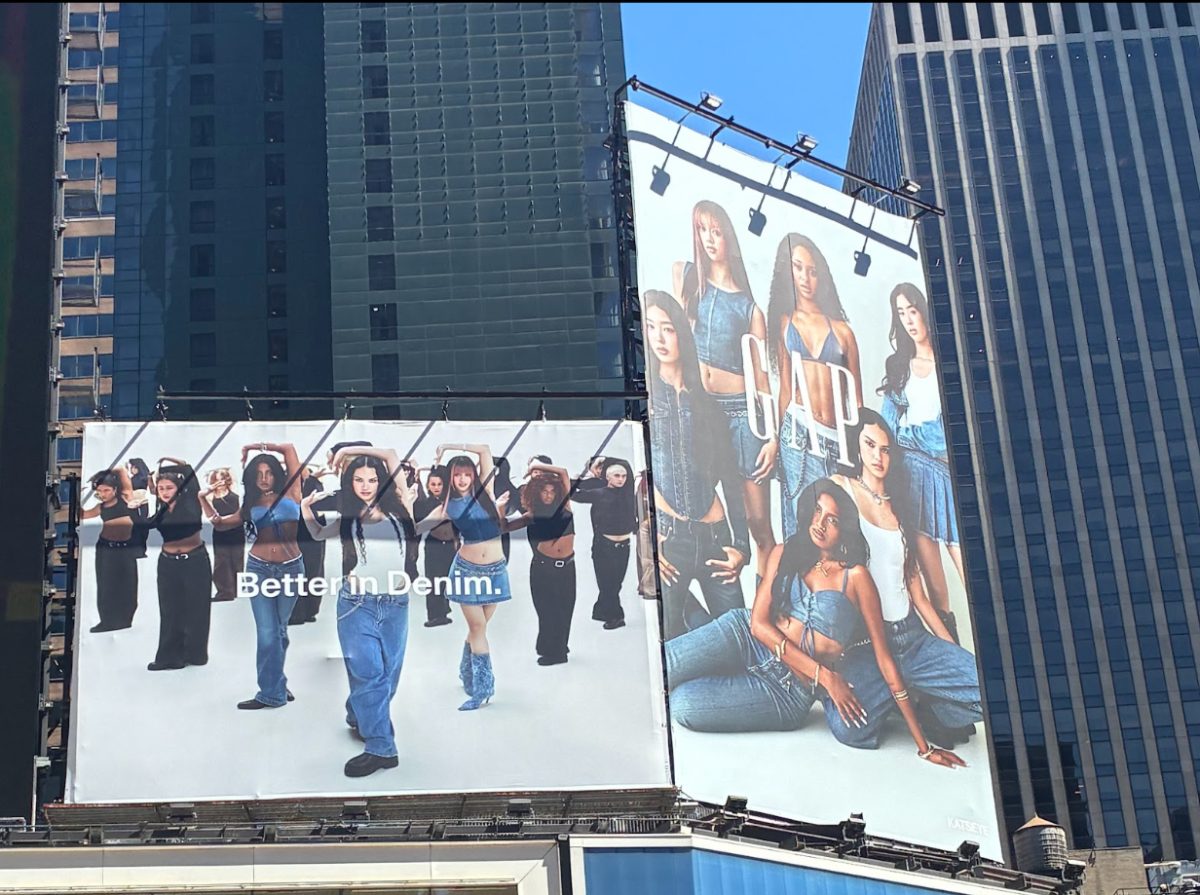
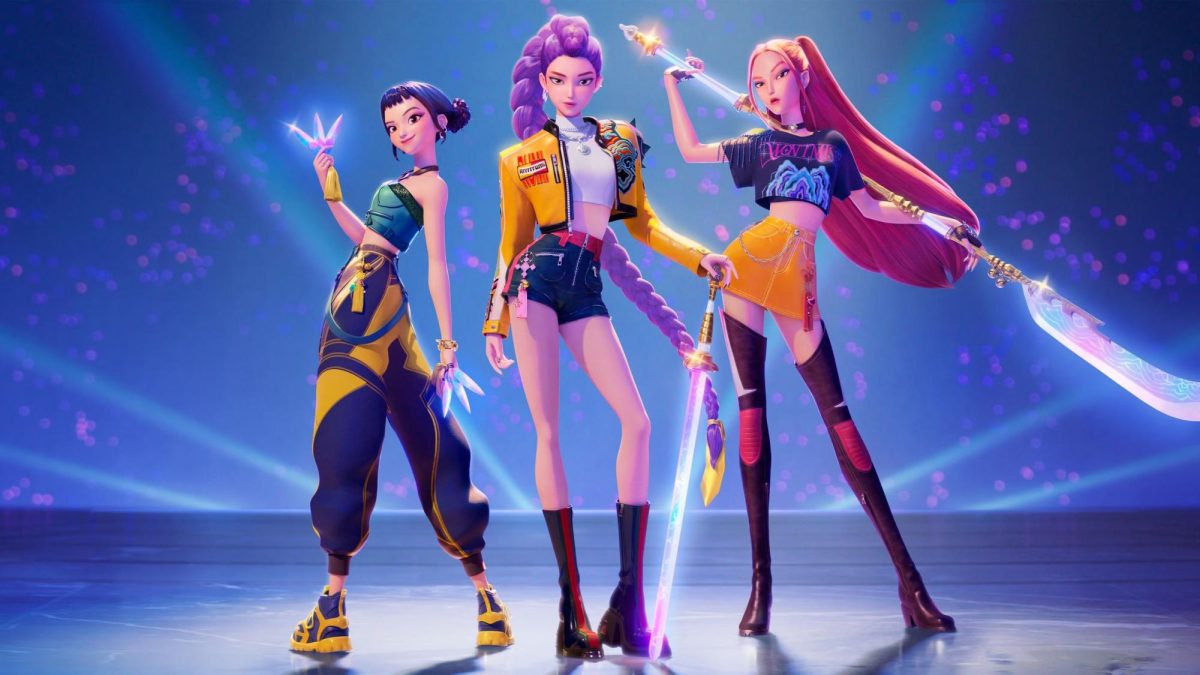

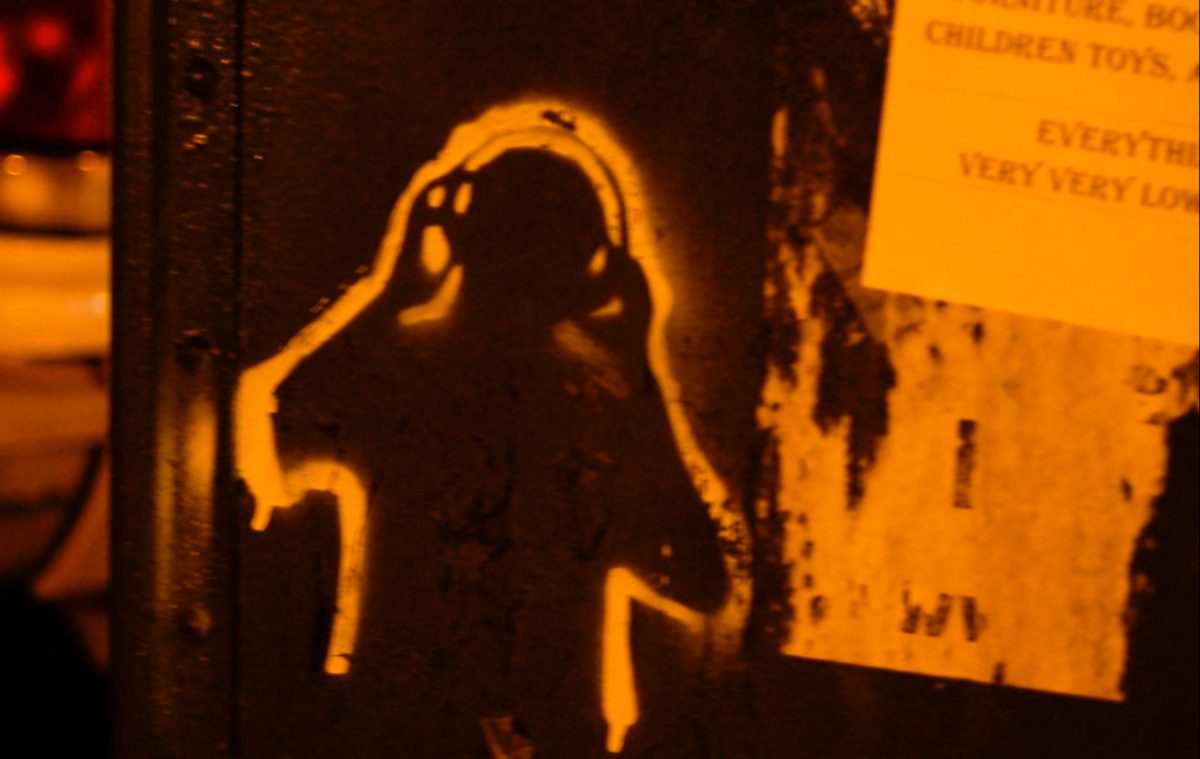




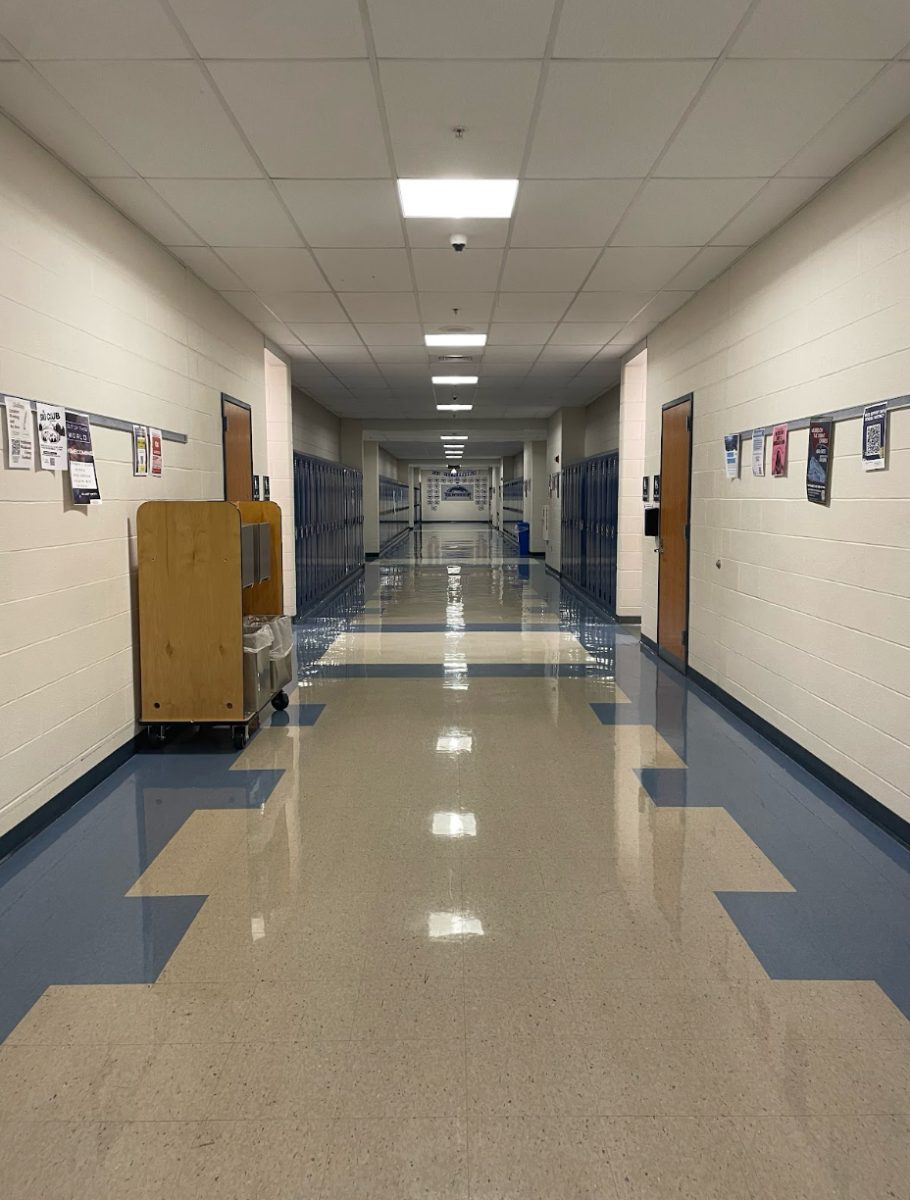





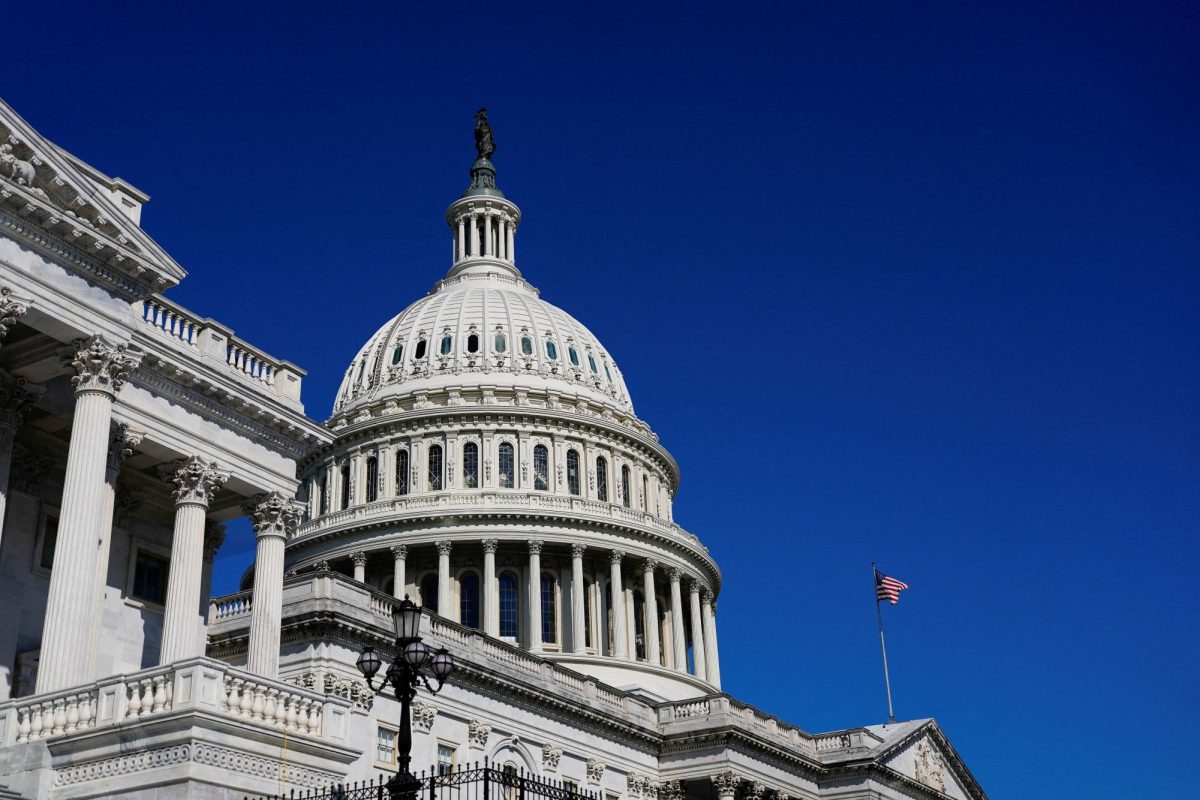



Liam Zbinden • Oct 21, 2025 at 7:20 pm
Finally somebody said it